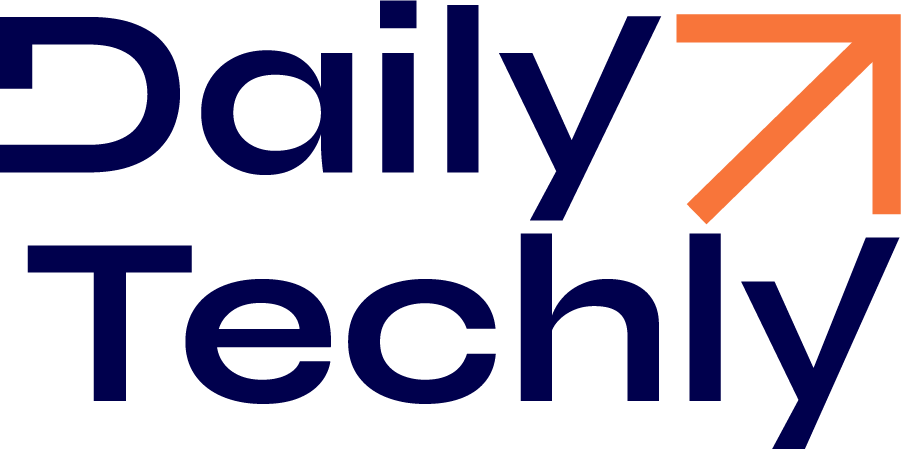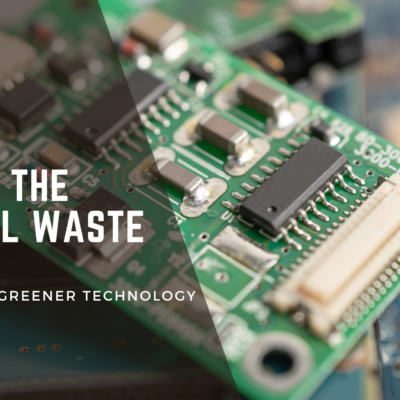The Problem of Waste:
Dhaka is producing approximately 5000 tones of waste daily. Dhaka is full of chaos. It has a huge number of population. In fact, Dhaka metro has the highest population density. It is high time to combat waste management. Fulfilling electricity demand is required. These are needed keep a city sustainable. Amidst these issues, a potential solution lies in the biggest problem of Dhaka. It is the waste of Dhaka. Sustainability depends on every other act of ours. The dwellers has the full power. Electricity from waste management will pave the way. It will lead us to a greener Dhaka. And will solve two of the biggest issues.

Photo from The Daily Star
According to the Daily Star, in proper garbage treatment, garbage should be disposed of in a protected landfill area first. It is necessary to minimize pollution. Pollution occurs in surface and ground water, soil, and air. Later, govt agency will gradually recycle and reuse those. Incinerate will occur for treatment.
Gazipur is the Land of Waste:
Sadly, Gazipur city is the victim. The authorities do not follow the required steps. All they do is pile garbage. They does it in a open space. It is beside the Dhaka to Tangail highway. It turns the spot at Baimail garbage cluster. Areas like Old Dhaka have same issue. It has ‘Waste Parks’ inside localities, beside houses.
Heating or Gasification:
However, processes like incineration or heating is important. It can convert Dhaka’s waste into valuable electricity. And also can produce heat. It has been overlooked. It is a left alone sector. But is has been there for years. All those years were wasted.
Dhaka city is moving forward. It is going to a fully electrified era. Proofs are projects like Metro rail. In this case, Dhaka electricity management should not misjudge it. Electricity from a renewable source like waste has great potential.
Garbage to energy technologies offer a dual benefit. The process not only reduces the volume of garbage destined for landfills. It also generates clean, viable energy. Incineration involves burning garbage at high heat. Heat can be used to generate steam and drive turbines.
Gasify, on the other hand, converts garbage into syngas. It is a mixture of hydrogen and carbon monoxide. It can be used as a fuel. This fuel can generate power or in other industrial processes.
Impact:
Implementing garbage-to-energy facilities in Dhaka requires a multi-faceted approach, binding technological innovation, policy support, and public engagement. First and foremost, investment in state-of-the-art garbage-to-energy plants equipped with pollution control measures is crucial to ensure efficient energy generation while minimizing environmental impacts. Additionally, supportive policies and regulations, coupled with incentives for private sector participation, can incentivize investment in garbage-to-energy projects.
Moreover, public awareness and participation are the keys. Community outreach programs, campaigns, and waste separation can shed light on recycling and composting processes only if citizens are conscious enough about plastic garbage and compostable garbage. Thus, the process can reduce the amount of garbage sent to landfills.
To promote sustainable energy from garbage, Dhaka can obtain multiple objectives at once such as addressing its waste management challenges, mitigating environmental pollution, and contributing to its energy security goals. Furthermore, the adoption of waste-to-energy technologies aligns with global efforts to transition towards a circular economy, where resources are reused, recycled, and repurposed as to minimize waste and maximize resource efficiency falls under Bangladesh’s SDG goals too.
In conclusion, the potential for sustainable energy from waste in Dhaka is immense, offering a pathway towards a sustainable and resilient urban future. Through the cooperation of concerned agencies of government, industry, and society, Dhaka can take a step ahead to power up its waste and drive economic growth as well as mitigate environmental impacts on society.



